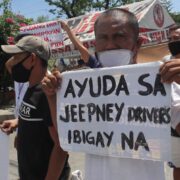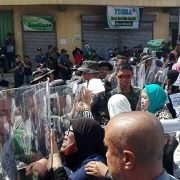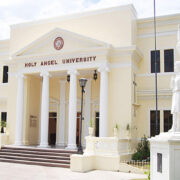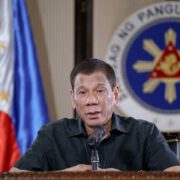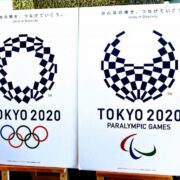Covid-19 in the Bangsamoro (Part 2 of 2)
This five-episode podcast was produced by UrbanisMO.PH and Young Public Servants with support from Friedrich-Ebert-Stiftung Philippines, International Center for Innovation, Transformation, and Excellence in Governance (INCITEGov) and PCIJ.
BY AARON MALLARI WITH ICA FERNANDEZ / Philippine Center for Investigative Journalism
What’s the big picture? Physical distancing is crucial to containing the spread of coronavirus. But minimum health standards are difficult to enforce in evacuation centers for internally displaced persons (IDPs), such residents who fled Marawi City during the 2017 siege. In Part 2 of this two-part series titled ‘Covid-19 outside NCR: The Experience of the Bangsamoro Autonomous Region in Muslim Mindanao,’ local leaders and stakeholders point to ways to ease the plight of IDPs and make sure they are also safe from Covid-19.
Why it matters: Internally displaced persons, stuck in cramped evacuation centers and with little or no access to food, water, sanitation and healthcare, are significantly vulnerable to the coronavirus, and the risk of outbreaks is high.
What are the facts? Bangsamoro parliament member Zia Alonto Adiong and Asrifah Mamutuk of the Lanao del Sur provincial government discuss the aftermath of the Marawi siege more than three years and a pandemic later, while NGO leader Fatima ‘Shalom’ Pir Allian calls attention to the plight of displaced Bangsamoro people outside the region.
The bottomline: The government needs to exert extra effort and devote more resources to help the ‘bakwit’ and prevent the pandemic from severely exacerbating the problem.


